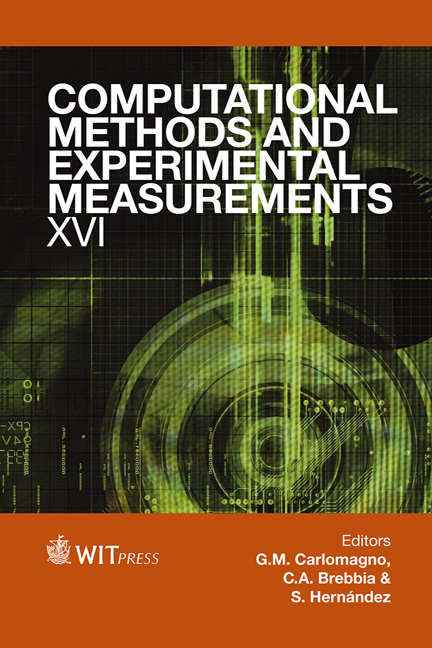Lift Forces On A Circular Cylinder In Cross Flow Resulting From Heat/mass Transfer
Price
Free (open access)
Transaction
Volume
55
Pages
11
Page Range
149 - 159
Published
2013
Size
987 kb
Paper DOI
10.2495/CMEM130131
Copyright
WIT Press
Author(s)
Z. Trávníček, F. Maršík, T. Vít, Z. Broučková & M. Pavelka
Abstract
The well-known Magnus effect is the phenomenon responsible for the curved streamlines around rotating cylinders or balls. In other words, the phenomenon causes the curved motion of spinning balls and missiles. A related application is the Flettner rotor ship, which was designed to use the Magnus effect for propulsion. More generally, the Kutta-Joukowski theorem determines lift as the product of upstream velocity, fluid density, and circulation. Flow visualization experiments of cylinders in a cross flow demonstrate this effect. For comparison purposes, a classical potential solution is presented with the same parameters (with the Reynolds number of 920). The present study assumes that similar effects can be created by means of a non-symmetrical heat/mass transfer from a section of the bluff body. A theoretical model was derived, based on equations of momentum, mass, and energy balance. The derivation utilized the terms of the entropy gradient, and the resulting velocity circulation around the body. A circular cylinder with a mass transfer surface was suggested. The mass transfer, namely the evaporation of water, is proposed through a selected 90° segment of the cylinder surface. Keywords: cylinder in cross flow, Magnus effect, active flow control.
Keywords
Keywords: cylinder in cross flow, Magnus effect, active flow control.





